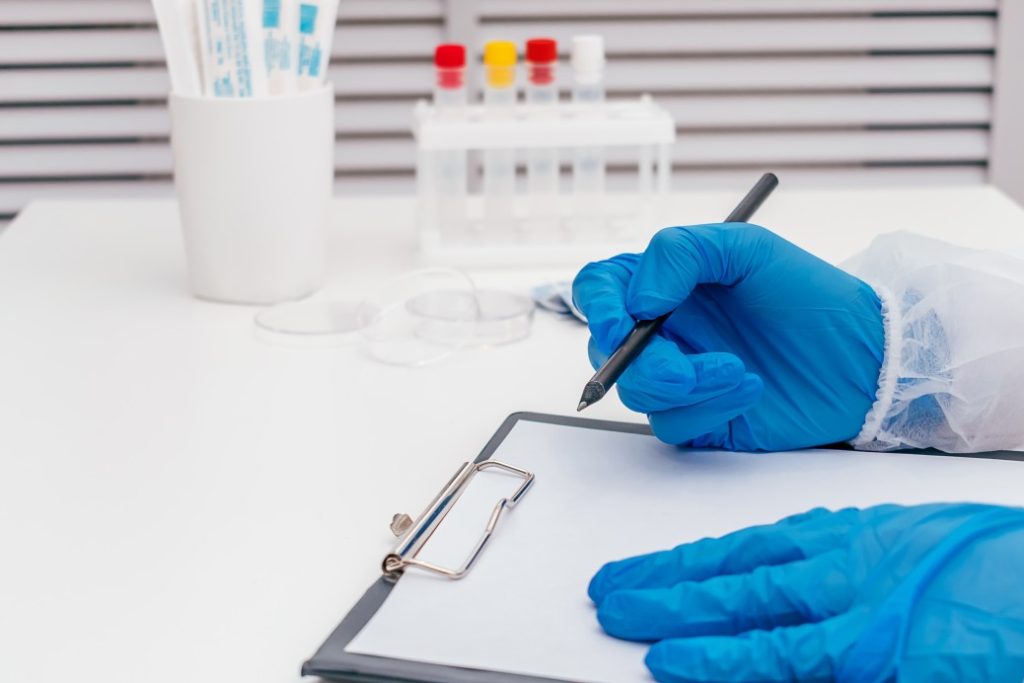What is the Purpose of a Ventilator?
Among the many goals of invasive ventilation and Inspiratory Time, the primary goal of ventilator care is to prevent infection and skin irritation. Because the ventilator is not intended for a patient to sleep, it is usually in an intensive care unit where constant monitoring is crucial. Because people on ventilators are not able to reposition themselves, frequent turning is part of routine care. Read on to learn more about this goal!
Inspiratory Time
Recent research found that short inspiratory periods were associated with lower mortality and higher air leakage rates than long ones. They also found that longer inspiratory times did not correlate with increased bronchopulmonary dysfunction, which is a condition that requires supplemental oxygen for 28 days. Five randomised trials were conducted between 1980 and 1992 to confirm the findings. Although the effect on mortality was marginal, the impact of air leakage was significant.

Patients with ARDS will experience an increase of CO2 clearance after the end-inspiratory pause. Devaquet et al. (2008) studied a group ARDS patients with low compliance and small tidal volumes. Adding a 0.7-second inspiratory pause to the patient’s flow rate decreased PaCO2 after 30 minutes. However, it is not clear that the end inspiratory pause increases oxygenation. A study published by Fuleihan et al. A 1976 study by Fuleihan et al. did not show any difference.
Invasive ventilation
A ventilator is a device that allows a patient to breathe by forcing air into their airways. Unlike masks, ventilators deliver higher oxygen levels and provide positive end-expiratory pressure, which helps maintain open airways and prevent collapse of air sacs. They also make it easier for mucus to be expelled. The machine can be used in the recovery phase of an illness, or in severe cases such as pulmonary embolism.
A ventilator consists of a compressed-air reservoir, oxygen supplies and valves. The air reservoir is compressed several times per minute and can deliver room-air. The turbine delivers the oxygen-air mix. The air/oxygen mixture is controlled by a flow valve to meet the patient’s specific breathing needs. The patient is then exhaled through a manifold connected to a ventilator.
Rest
A ventilator is a device that provides air to patients whose breathing muscles need rest. It can be used in one of two modes: full ventilation for complete rest of the respiratory muscles, or partial ventilation for partial rest. The mode of ventilation will depend on the patient’s preferences and needs. Extubation and intubation are procedures to place or remove a breathing tube. Pulse oximeters are probes that measure the amount of oxygen in the blood.
Healing
The main purpose of ventilator care, is to keep a patient calm and maintain the patient’s pressure. The ventilator also has the primary goal of preventing infection and skin irritation. The ventilator patients must be closely monitored as they are often admitted into the intensive care unit. To prevent sores and ulcers, endotracheal tube patients are regularly moved. People who are on ventilators often find it difficult to turn or reposition their bodies, so frequent turning and repositioning are part of their daily routine.
A ventilator can help a patient breathe and is also used during surgery to aid the patient, such as general anesthesia. These drugs can make it difficult for patients to breathe. A ventilator allows them to rest comfortably. A ventilator is not only able to provide oxygen to the body, but it also helps patients recover from surgery. In addition to helping patients recuperate from surgery, some patients require the use of a ventilator after an illness or open-heart surgery.